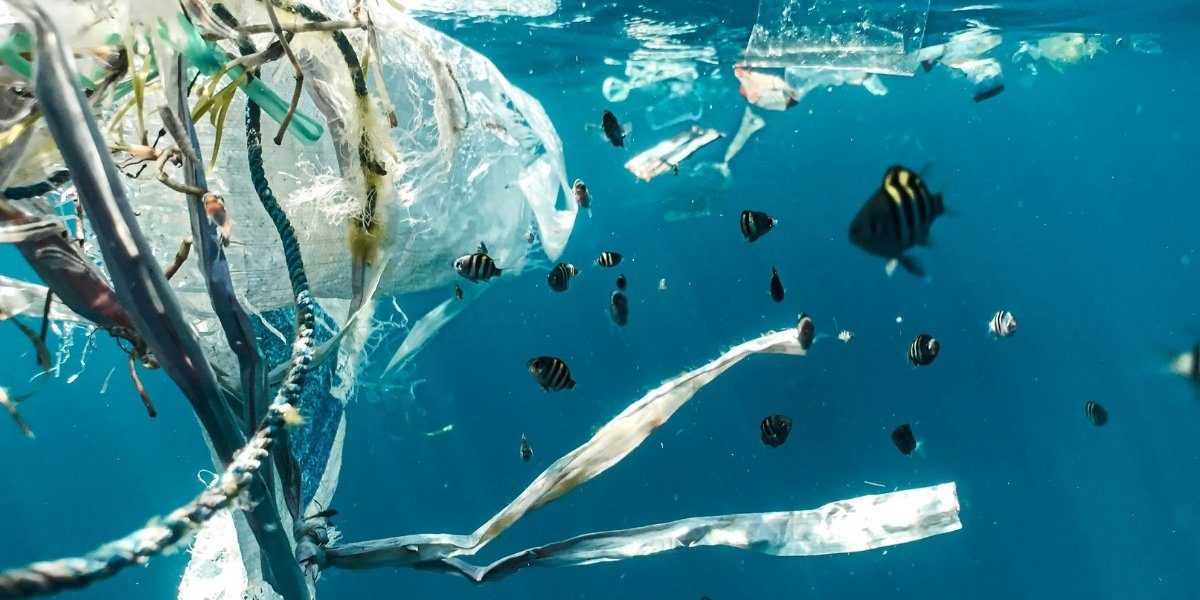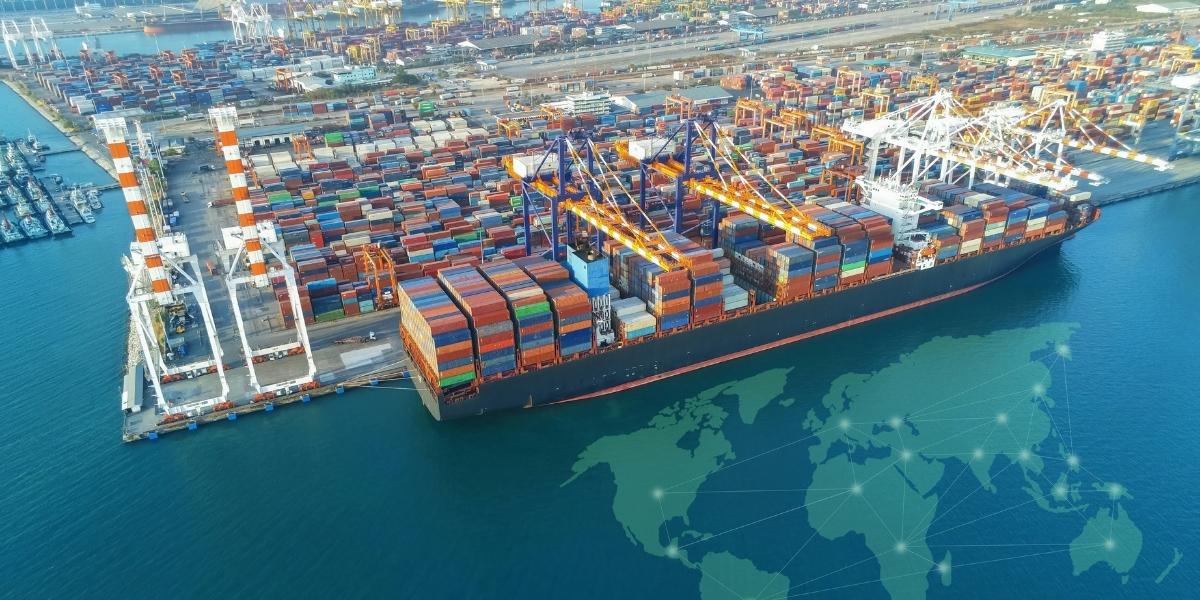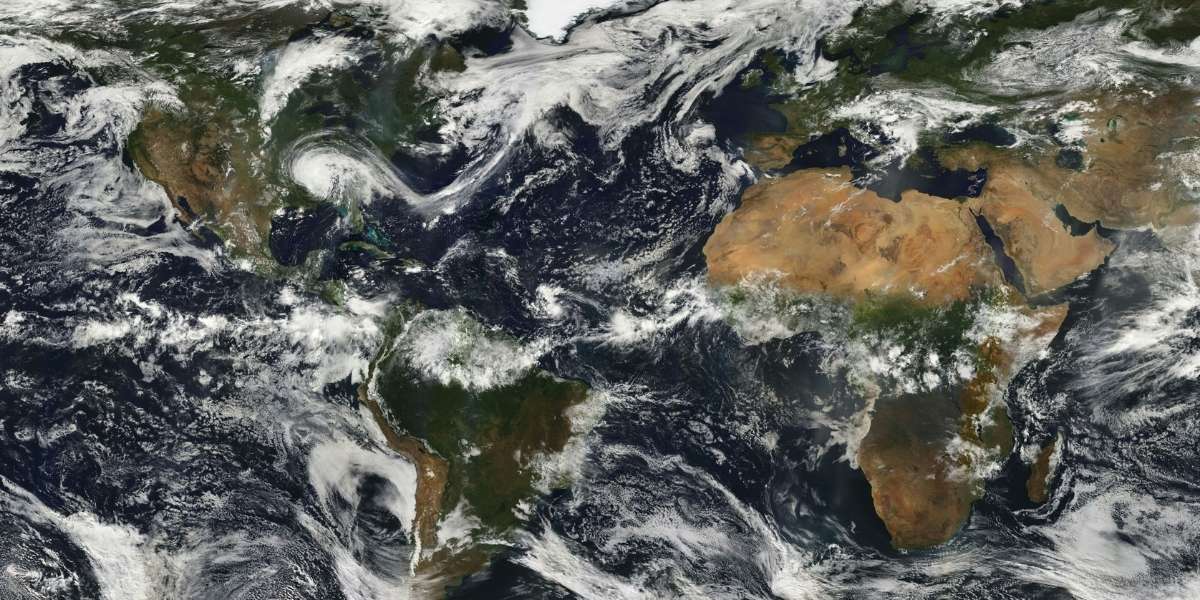The Ubiquitous Invasion: Understanding the Sources, Impact, and Solutions for Microplastic Pollution
Microplastics—tiny plastic particles less than five millimeters in diameter—have become one of the most pervasive environmental pollutants, affecting ecosystems across the globe and raising concerns about human health. These microscopic pollutants, often invisible to the naked eye, infiltrate waterways, soils, and even the air we breathe. This delves into the various sources of microplastic pollution, their environmental and biological consequences, and potential solutions to mitigate this growing crisis.
Read Also: The First People of North America: A Deep Dive into Their History
Defining the Invisible Threat
Microplastics are classified based on their origin and size:
-
Primary Microplastics: These are intentionally manufactured small plastics, such as microbeads used in cosmetics, toothpaste, and cleaning products, as well as plastic pellets used in industrial processes.
-
Secondary Microplastics: These result from the breakdown of larger plastic debris, such as bottles, bags, and fishing nets, that fragment into smaller pieces over time due to exposure to environmental factors like UV radiation, wind, and mechanical abrasion.
Microplastics can vary in size, shape, and polymer type. Common types of polymers found in microplastics include polyethylene (used in plastic bags), polypropylene (used in food containers), and polystyrene (used in foam packaging). Understanding these characteristics is essential for assessing their impact and developing effective solutions.
Sources of Microplastic Pollution
Microplastics enter the environment from a variety of sources, each contributing to the growing pollution crisis:
-
Single-Use Plastics: Items like plastic bottles, straws, and packaging are often discarded after a single use. Over time, these plastics break down into smaller pieces, contributing significantly to secondary microplastic pollution.
-
Industrial Processes: In industries, small plastic pellets (also known as nurdles) are used as raw materials to manufacture larger plastic items. These pellets are often spilled during manufacturing, transportation, and handling, leading to widespread environmental contamination.
-
Textiles: Synthetic fibers from textiles, such as polyester and nylon, are a significant source of microplastic pollution. Every time synthetic fabrics are washed, tiny fibers shed and enter wastewater systems, contributing to the accumulation of microplastics in oceans and freshwater bodies.
-
Tire Wear: The wear and tear of vehicle tires, particularly those made from synthetic rubber, produces tiny microplastics that are shed onto roads and washed into storm drains, ultimately finding their way into rivers and oceans.
-
Atmospheric Deposition: Microplastics also enter the atmosphere and can be carried over long distances by wind. These particles eventually settle on land, water, and even ice caps, contributing to the widespread distribution of microplastics.
Environmental Fate and Transport
Once microplastics enter the environment, they travel through different ecosystems, posing significant risks to wildlife and ecosystems. They can be transported through:
-
Oceans and Freshwater Bodies: Microplastics are carried by ocean currents and river systems, spreading across vast distances. They can accumulate in gyres (large rotating ocean currents) or in the sediment of riverbeds and lake bottoms.
-
Soil: Microplastics can also settle in soil, where they impact terrestrial ecosystems. They can interfere with soil structure and water retention, negatively affecting plant growth and soil health.
-
Atmosphere: Microplastics in the atmosphere can travel across long distances, contaminating remote regions and impacting air quality. The movement of these particles can increase exposure to microplastics across diverse ecosystems and human populations.
-
Bioaccumulation: As microplastics move through ecosystems, they can enter food webs. Small aquatic organisms ingest microplastics, and these particles accumulate in larger organisms over time, leading to bioaccumulation. This process can disrupt food chains and impact biodiversity.
Ecological Impacts of Microplastics
The presence of microplastics in the environment has numerous detrimental effects on ecosystems:
-
Physical Harm to Wildlife: Many animals, particularly marine species, mistake microplastics for food. Ingesting these particles can lead to physical harm, blockages, and starvation. For instance, marine creatures like fish, turtles, and seabirds are often found with microplastics in their digestive systems.
-
Chemical Toxicity: Microplastics can leach harmful chemicals, such as phthalates and bisphenol A (BPA), into the environment. These chemicals can interfere with reproductive systems, disrupt hormone levels, and cause long-term damage to animal populations.
-
Ecosystem Disruption: The presence of microplastics can disrupt ecological processes, including nutrient cycling and the health of soil and water systems. This affects not only plant and animal life but also the broader functions that support ecosystem stability.
Potential Human Health Implications
While the full impact of microplastics on human health is still being studied, there are growing concerns about the potential risks:
-
Ingestion: Microplastics can enter the human body through contaminated food and water. Seafood, for example, often contains microplastics, as marine organisms ingest these particles. As humans consume seafood, these plastics enter the food chain.
-
Inhalation: Microplastics in the air can be inhaled, particularly in urban areas or locations where plastics are heavily used. These particles can enter the respiratory system and may contribute to respiratory diseases or other health issues.
-
Dermal Contact: Microplastics are also present in everyday products such as cosmetics, and prolonged exposure could have unknown health effects on the skin.
Ongoing research is critical to understanding the long-term health implications of microplastic exposure for humans.
Detection and Analysis of Microplastics
The detection and analysis of microplastics is challenging due to their small size and widespread presence. Scientists use a variety of methods to extract and analyze microplastics in environmental samples, including:
-
Sampling: Water, soil, and air samples are collected to detect microplastics. Specialized filters and extraction techniques are used to isolate these tiny particles from larger environmental debris.
-
Spectroscopic Techniques: Techniques like infrared spectroscopy (FTIR) and Raman spectroscopy are employed to identify the chemical composition of microplastics. These methods allow researchers to differentiate between various types of plastics.
Despite advancements in microplastic research, detecting and quantifying these particles remains a complex task due to their diverse forms and sizes.
Mitigation and Solutions
Addressing the microplastic pollution crisis requires coordinated efforts at both the individual and systemic levels:
-
Reducing Plastic Production and Consumption: The most effective long-term solution is to reduce the overall production and consumption of plastic. This includes reducing single-use plastics and encouraging the use of biodegradable alternatives.
-
Improving Waste Management and Recycling: Upgrading recycling infrastructure and improving waste management systems can prevent plastic from entering the environment in the first place. Proper disposal and recycling of plastics can minimize the amount of plastic that breaks down into microplastics.
-
Innovative Technologies: Research into biodegradable plastics, improved filtration systems, and plastic alternatives can help reduce microplastic contamination. Innovations in waste treatment can also improve the efficiency of microplastic removal.
-
Policy and Regulation: Governments play a crucial role in addressing microplastic pollution by enacting stricter regulations on plastic use, promoting circular economies, and supporting research into microplastic solutions.
-
Public Awareness: Education and awareness campaigns can empower individuals to reduce plastic use and support initiatives aimed at cleaning up microplastics in the environment.
Read Also: Unearthing Giants: America’s Rich Legacy of Dinosaur Fossils
Microplastic pollution presents a significant challenge to both the environment and human health. As the presence of microplastics continues to spread across ecosystems, it is crucial to develop effective solutions that reduce plastic waste, improve recycling, and foster sustainable practices. Through technological innovation, regulatory action, and public awareness, we can work towards mitigating the devastating impact of microplastic pollution and preserving a healthier, more sustainable planet for future generations.








